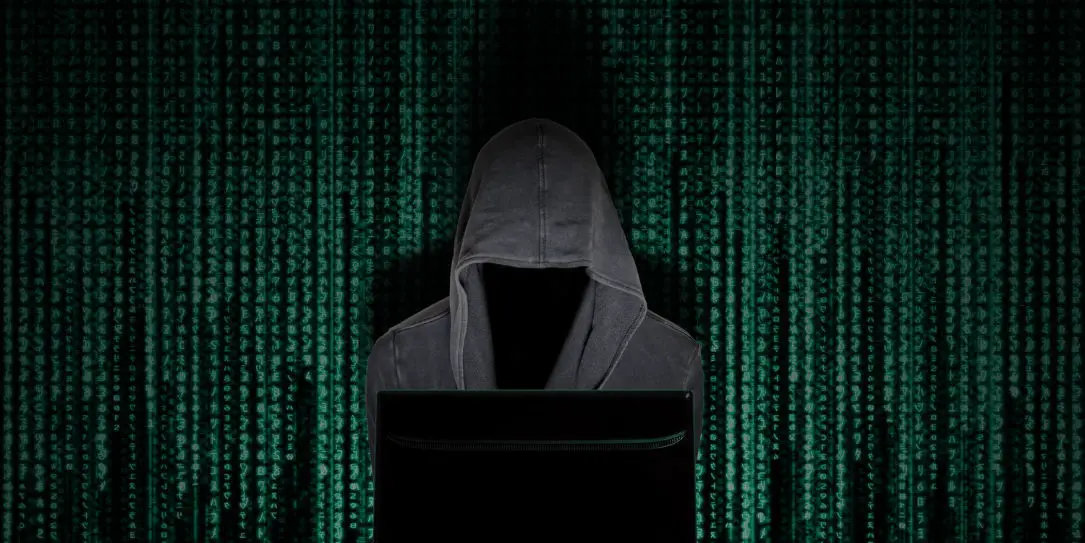If you’ve ever met someone who’s experienced identity theft, you know how much of a hassle it can be. Complications aside, it can be costly. Identity theft led to $16.8 billion in losses in 2017. So what can you do to prevent it from happening to you?
No single action can make you completely safe from identity theft. But there are several things you can do to decrease the risk, though. Here are 10 steps you can take to prevent identity theft:
1. Set Up Fraud Alerts
With many banks and credit unions, you can get alerts every time there’s a transaction involving your account. That way, if there’s any suspicious activity, you’ll know about it immediately. You can then tell your financial institution so they can freeze the account.
You can also set up fraud alerts on your credit report. If you do that, any business will have to confirm your identity when you try to open an account. That will help stop anyone from applying for an account or loan in your name.
2. Take Care of Your Documents
Fraudsters can use any document containing financial data or personal info to steal your identity. Make sure you keep anything like this as secure as possible. Ideally, you should leave as small a paper trail as possible, paying bills and getting bank statements online when possible.
You’d be surprised how much someone can learn from your trash. If you have any sensitive paper documents, you should shred them instead of throwing them away. That goes for bills, bank statements and even things like receipts.
3. Secure Your Online Accounts
In today’s digital age, paper records aren’t your only concern. Any account you have on a website may have personally identifiable information (PII) or even credit card info. A hacker only needs one or the other to steal your identity.
Make sure you use strong passwords and establish different ones for every account. If the site has an option for two-factor authentication, you should turn it on. It may be more of a process to log in, but since there are 15 million identity theft cases every year, it’s worth the work.
4. Be on the Lookout for Phishing Scams
Phishing is one of the most common ways cybercriminals access your data. You’ll mostly see these in emails, where someone pretends to be an authority to trick you into giving away PII. While many phishing scams are obvious, some of them can be convincing, so be careful.
If any email, message or phone call asks for PII or payment, double-check before you do anything. Verify the address or phone number before you respond in any capacity. If they call, ask for a number where you can call them back, then hang up and look up the number.
5. Pay Attention to Your Mail
So many things are electronic now, but that doesn’t mean you don’t have to secure your physical mail. If someone looked inside your mailbox, they could find all sorts of PII. Check your mail frequently so you can take letters out as soon as you get them.
You may also consider getting a USPS-approved lock for your mailbox. If you go out of town, tell the post office to hold your mail for you. Finally, try to avoid physical mail as much as possible to eliminate the possibility of mailbox theft.
6. Be Careful About Public Wi-Fi
Nowadays, you can get Wi-Fi almost everywhere you go. These public hotspots at coffee shops and restaurants are convenient but can be a security risk. Unlike private networks, public Wi-Fi may not be encrypted, and other people may be able to see what you’re doing.
Avoid doing anything involving your sensitive information on a public Wi-Fi network. No matter what you’re doing, it’s also a good idea to use a virtual private network (VPN). A VPN will encrypt your data and hide your IP address, keeping you safe from prying eyes.
7. Check Your Credit Reports
The three major credit bureaus, Equifax, TransUnion and Experian, keep records of your credit history. These records are the source of your credit score that businesses use to determine your creditworthiness. They’re also an excellent way to notice any suspicious activity in your name.
Under the Fair Credit Reporting Act (FCRA), you can receive one free credit report each year. Looking at these will help you see if you’ve become the victim of identity theft. If you notice anything out of the ordinary on the report, you can take action to resolve it.

8. Remember to Secure Your Phone
You’re probably careful with your computer data, but what about your phone? Smartphones are essentially little computers, so you have to secure them similarly to how you would with your laptop. Use a VPN and enable two-factor authentication on any apps that offer it.
Make sure you lock your phone when you’re not using it. Use a strong password. Look at what security options your cellular provider offers since people can steal your identity through your phone account.
9. Be Aware of Higher-Risk Times of Year
You should always be on your toes, but sometimes this is more necessary than you’d expect. Tax season is a hotbed for scams, so be extra careful around this time. When people are anticipating more messages about their finances, hackers are usually more active.
Remember that the Internal Revenue Service (IRS) will never talk to you about finances through email, phone, text or social media. Be on the lookout for fake IRS websites too. Whenever you’re unsure about something, you can contact the real IRS about how they’ll reach out to you.
10. Be Careful With Your Social Security Number
Remember those LifeLock commercials where CEO Todd Davis would display his social security number? As confident as he seemed, hackers stole his identity 13 times when those ads were running. The moral of the story — keep your social security number as private as possible.
Never carry your social security card with you, just in case you lose your wallet. Don’t write it down anywhere, either. If a website asks for it, double-check to make sure it’s an official, secure site and that you’re on a private network.
Identity Theft Can Affect Anyone
Anyone could be a target of identity theft. It doesn’t matter how much or how little money you have. No matter who you are or what you do, you need to protect yourself against identity thieves. There’s no way to be 100% safe from identity theft. If you follow these 10 steps, though, you’ll significantly improve your chances. Take action and secure your identity today.
*Feature Image Courtesy of CafeCredit
Last Updated on February 3, 2021.










